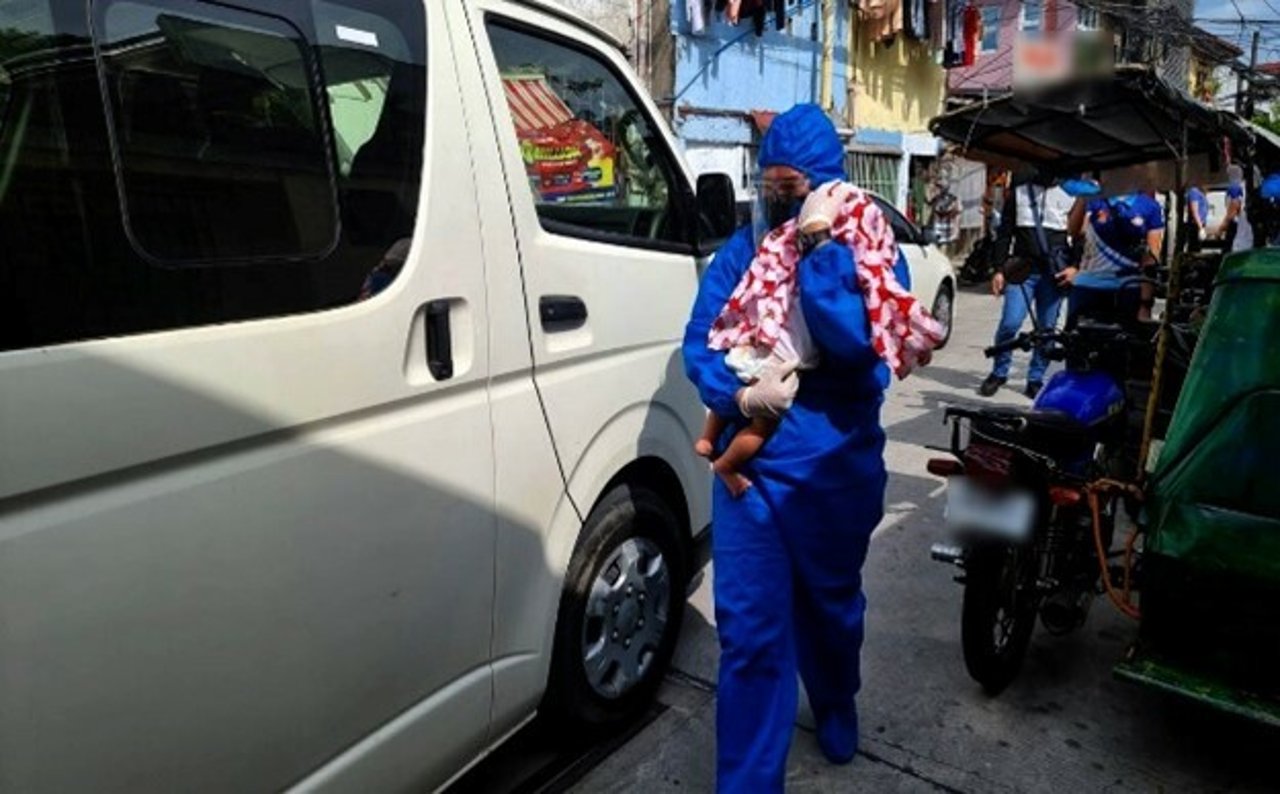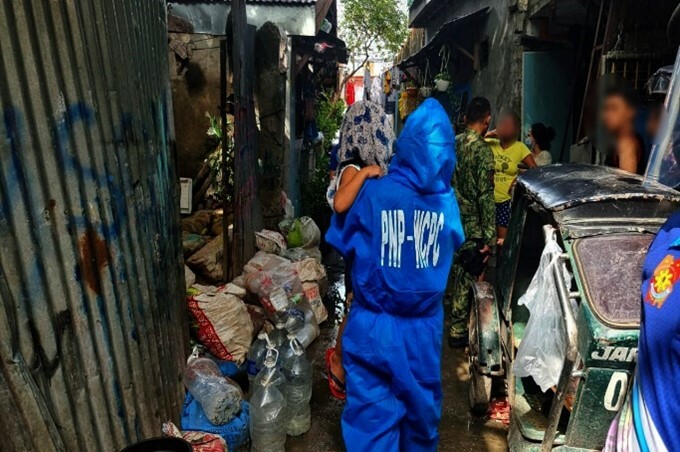Uncle arrested and four children rescued from online sexual exploitation

MAKATI CITY, PHILIPPINES – Four children were rescued from online sexual exploitation of children (OSEC) in a police operation in Metro Manila on Wednesday 29 September 2021. Police also arrested one suspect.
The Philippine National Police-Women and Children Protection Center (PNP-WCPC) worked together with local police and social services to conduct the operation around 2:30 p.m. They recovered a smartphone believed to have been used for the online abuse of the alleged victims and took a 31-year-old male suspect into custody.
The four children rescued were the niece and three nephews of the suspect, aged between 8 months and 9 years. The 5 and 9 -year-olds are confirmed OSEC victims, while the 8-month-old and 2-year-old are considered at-risk and removed for assessment.
They are now in local government care to receive the necessary trauma informed services.



OSEC is an emerging form of modern slavery in which traffickers in countries like the Philippines livestream the sexual abuse of children to foreign paedophiles, who pay to watch and often direct the abuse. Australians are among the biggest consumers, among the offenders in 18 percent of IJM’s cases. They pay as little as $15 for these "shows".
The documentary The Children in the Pictures, currently screening around the country, highlights both the scale of the problem and the impressive work of Australian law enforcement in tackling OSEC. IJM Australia is proud to be an official charity partner of this film and has hosted cinema screenings in Perth, Brisbane and Adelaide. Tickets to virtual screenings featuring IJM staff and ambassadors on Friday 8 October and Wednesday 13 October are available here.
Note to Editors:
- The names of the suspects are withheld to protect the identity of the victims.
- The Terminology Guidelines for the Protection of Children from Sexual Exploitation and Sexual Abuse, also known as the Luxembourg Guidelines, prescribes the use of the term “child sexual abuse material” or “child sexual exploitation material” instead of “child pornography”, except when referencing the name of statute. Sexualised material that depicts or otherwise represents children is a representation, and a form, of child sexual abuse and should not be described as “pornography.”